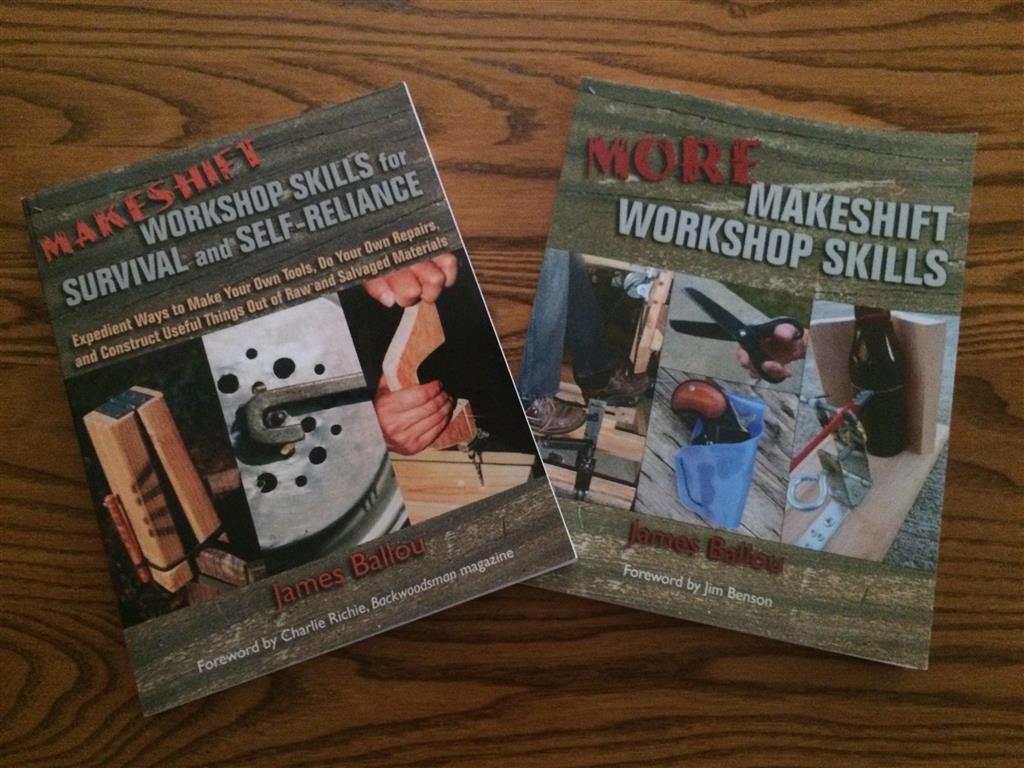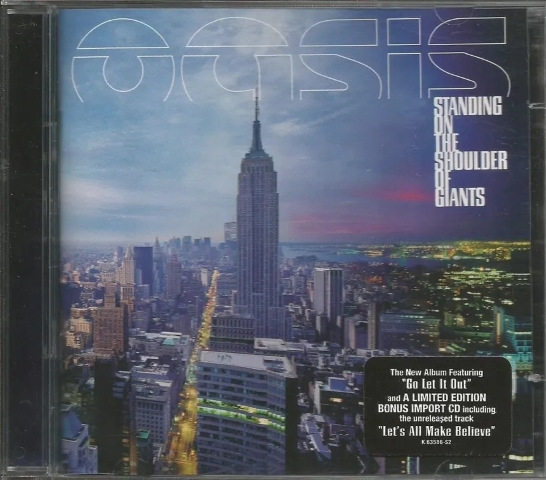
We’re going for a two-fer this time. This pair of books may or may not merit a place on your preparedness bookshelf. We’ll discuss them and you decide for yourself.
The two volume “Makeshift Workshop Skills for Survival and Self Reliance” and “More Makeshift Workshop Skills” are probably not what you think they are going to be from their titles. Neither is really a book of projects, although there are projects in the books. The author does devote time in volume one to the subject of makeshift tools, for example. Also, I particularly enjoyed the foot treadle machines in the second volume. I’ve always been interested in the concept of a spring-pole lathe, and this is the first book I’ve bought that really speaks to them as a buildable project.
Neither are they “how to” books in the traditional sense. Author James Ballou does not really go into any great depth on woodworking, forging metal or any of the other skills that many in the preparedness community speculate will be necessary after an “event”. It is taken as a given that you already have the basic skill sets down. He does, however, devote time to more advanced subjects, such as the types of adhesives and their uses and the various types of welding. He also devotes time in volume one to the effective use of the makeshift tools he has advised you how to make. Being makeshift, some allowances have to be made.
At the end of it all, what these books really about is more about a way of thinking. How do you look at that scrap pile and see raw materials for that spring-pole lathe rather than a bunch of kindling wood? Do you know the many uses for old tires, and can you think of new ones? When you run out of twine or rope, can you find the raw materials and build the necessary fixtures to make more? Can you build a forge, fuel it, and reforge found metal into something new and useful?
Ballou also makes sure that you understand the properties of the materials. When would you use osage wood rather than hickory? What is the difference between high carbon steel and cast iron? Do you understand how to get mechanical advantage from pulleys–and when enough is too much? What is the melting temperature of various metals you may encounter?
These two volumes will not make you an expert in any of this. What they can do is set you on a path. You can start learning look at things differently. Rather than running to the hardware store for a shovel, maybe you fix the broken one–or fashion a new one from materials at hand. Maybe you seek out specialty books on the subject of metalworking and learn the craft. Or perhaps you decide that you want to take up leather working as a hobby that can pay its own way.
Or maybe you decide to stick with the flock. Baa-a-a.
Makeshift Workshop Skills for Survival and Self-Reliance: Expedient Ways to Make Your Own Tools, Do Your Own Repairs, and Construct Useful Things Out of Raw and Salvaged Materials by James Ballou
ISBN 978-1-58160-705-5
More Makeshift Workshop Skills by James Ballou
ISBN 978-1-58160-746-8



Roy Underhill (of the Woodwright's Shop) has school where some stuff is taught. Like how to make your own hand tools as was done in the 17 and 1800s.
Also some stuff on his show as well. I don't always have the patience for hand tools, but they are growing on me. And sometimes it is faster to do something with a hand plane than it is to find the router, and the bit you need, …
And there are a number of volumes on backyard blacksmithing. Both coal fired and propane fired… I think there is also some on using charcoal. If you have an anvil, a forge-fire, and access to scrap metal, it seems you can build whatever they had in the 18 and 1900s.
I have tried to find a good reference on steam, from the 1800s, but I haven't found one yet.